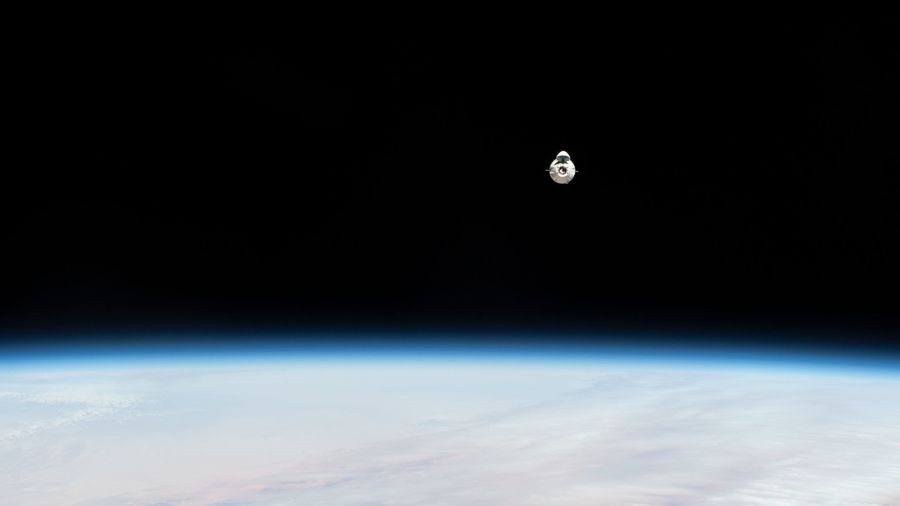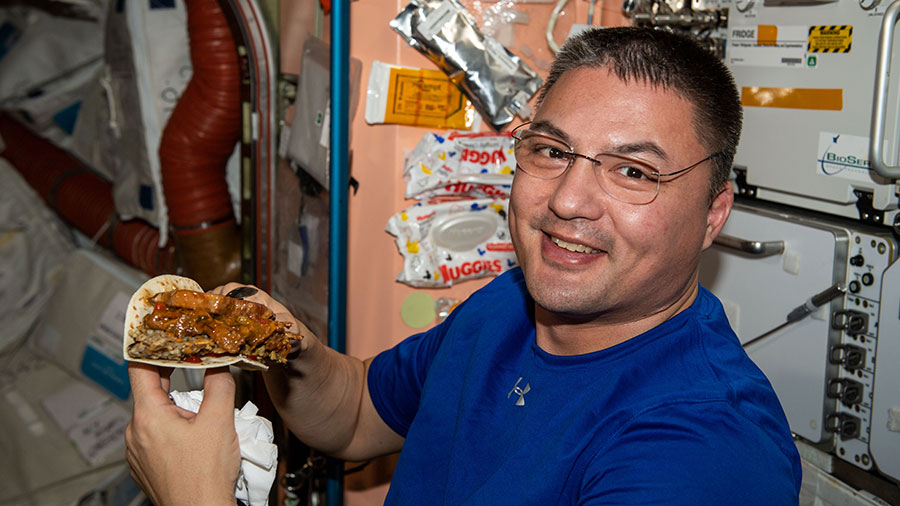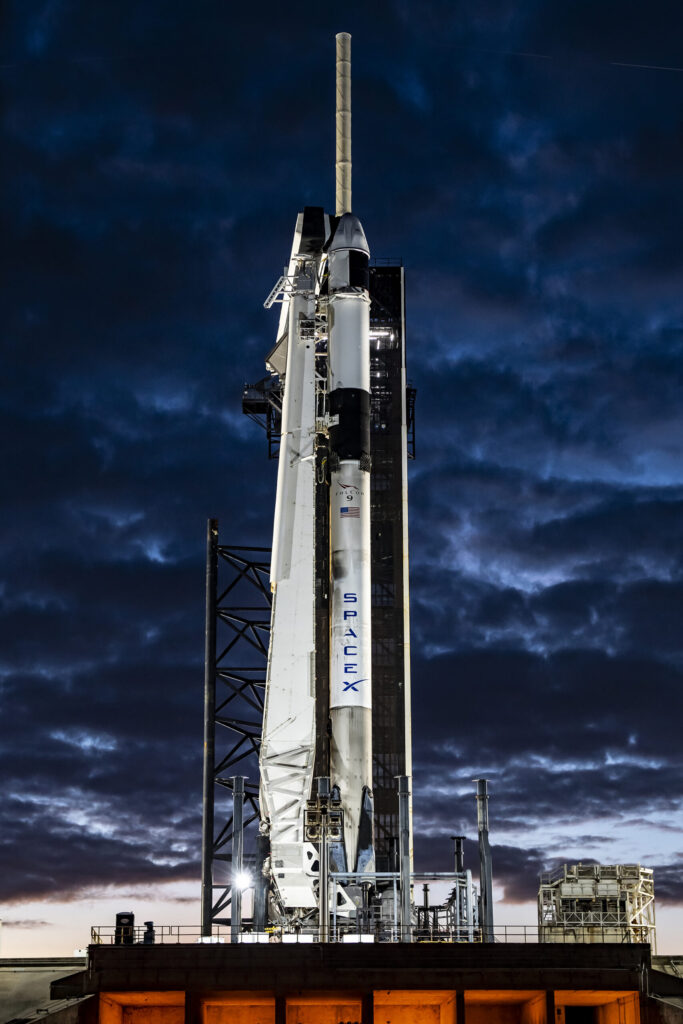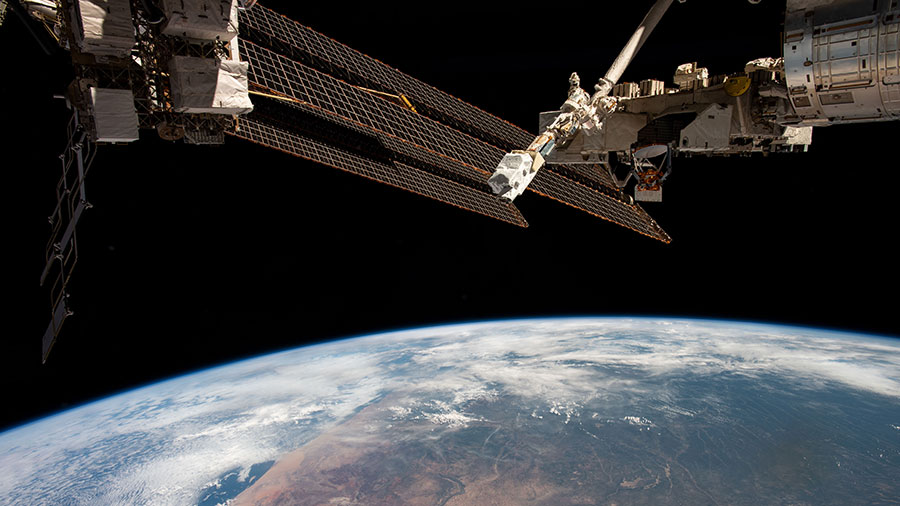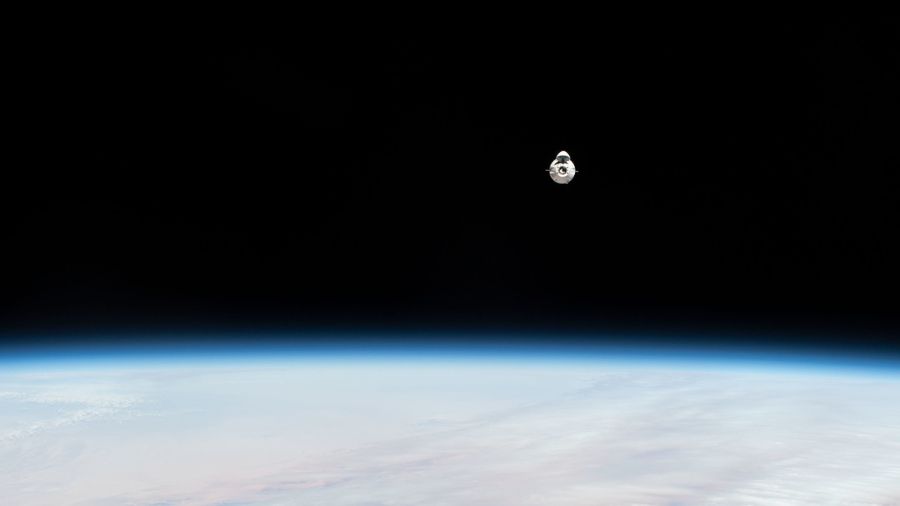
The SpaceX Dragon is on track to deliver cargo to the International Space Station after lifting off on March 14, marking the company’s 27th commercial resupply mission. Meanwhile, the Expedition 68 crew kept busy completing lab work, ultrasounds, and plumbing duties.
NASA Flight Engineer Stephen Bowen spent time moving equipment to the cupola to help monitor Dragon’s docking. The spacecraft is scheduled to dock autonomously at 7:52 a.m. EDT Thursday, March 16, to the forward-facing port of the station’s Harmony module. NASA Flight Engineer Woody Hoburg will monitor the automated docking.
Bowen and Hoburg also drew blood samples for the Immunity Assay study. Bowen spun blood tubes in a centrifuge and stowed them in a freezer for later analysis. The results of the study are expected to provide a better understanding of how the immune system changes in space.
NASA Flight Engineer Frank Rubio and Flight Engineer Sultan Alneyadi from UAE (United Arab Emirates) were tasked with removing and replacing a toilet. Alneyadi also repaired damages to paint on a stall wall.
Toward the end of the day, Rubio and Bowen had their eyes scanned using an ultrasound device. Doctors on the ground remotely guide astronauts during the exam, which looks at the health of the retina, cornea, and optic nerve. They also performed ultrasounds of their necks, clavicles, shoulders, and behind the knees.
Roscosmos cosmonauts Sergey Prokopyev, Dmitri Petelin, and Andrey Fedyaev boarded the damaged Soyuz MS-22 spacecraft docked to the International Space Station and closed the hatch, without latching, for a 3-hour-and-45-minute thermal test to simulate temperature and humidity levels the descent module of a Soyuz could experience during an expedited crew return to Earth. The data from the test could be used by engineers if ever needed to return a damaged Soyuz in the future.
The Soyuz MS-22 will undock from the station March 28 for its uncrewed, parachute-assisted landing in Kazakhstan. Prokopyev, Petelin, and NASA astronaut Frank Rubio will return to Earth later this year in the new Soyuz MS-23 spacecraft that arrived at the orbital complex in February.
Learn more about station activities by following the space station blog, @space_station and @ISS_Research on Twitter, as well as the ISS Facebook and ISS Instagram accounts.
Get weekly video highlights at: https://roundupreads.jsc.nasa.gov/videoupdate/
Get the latest from NASA delivered every week. Subscribe here: www.nasa.gov/subscribe

